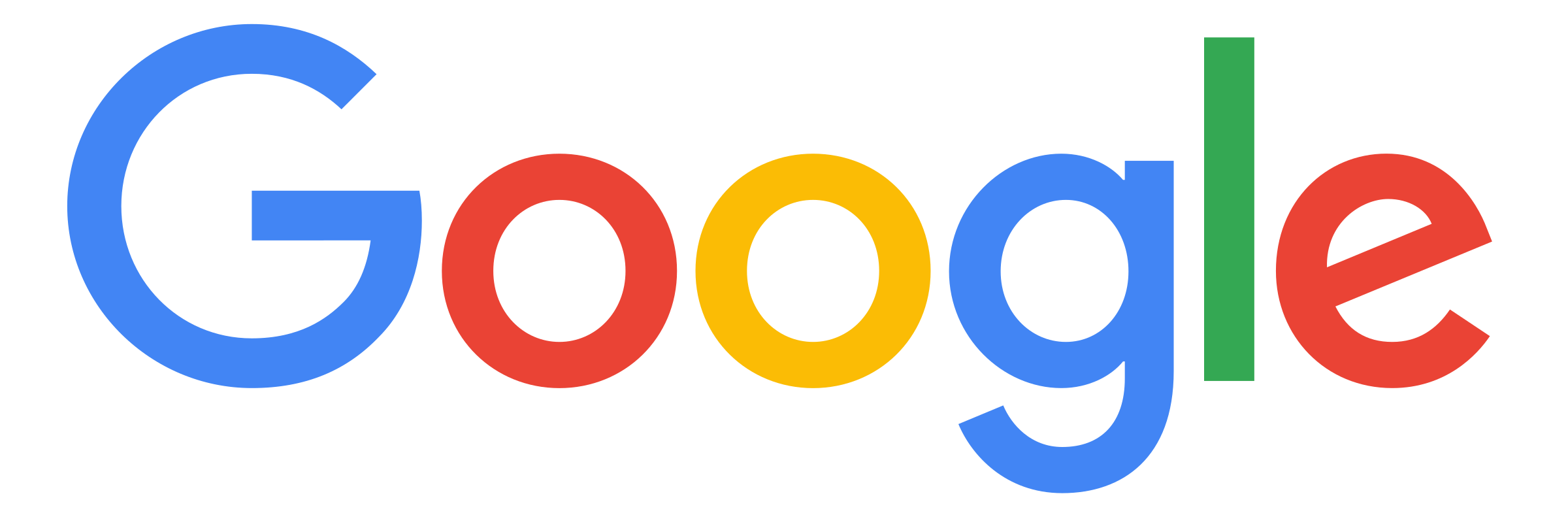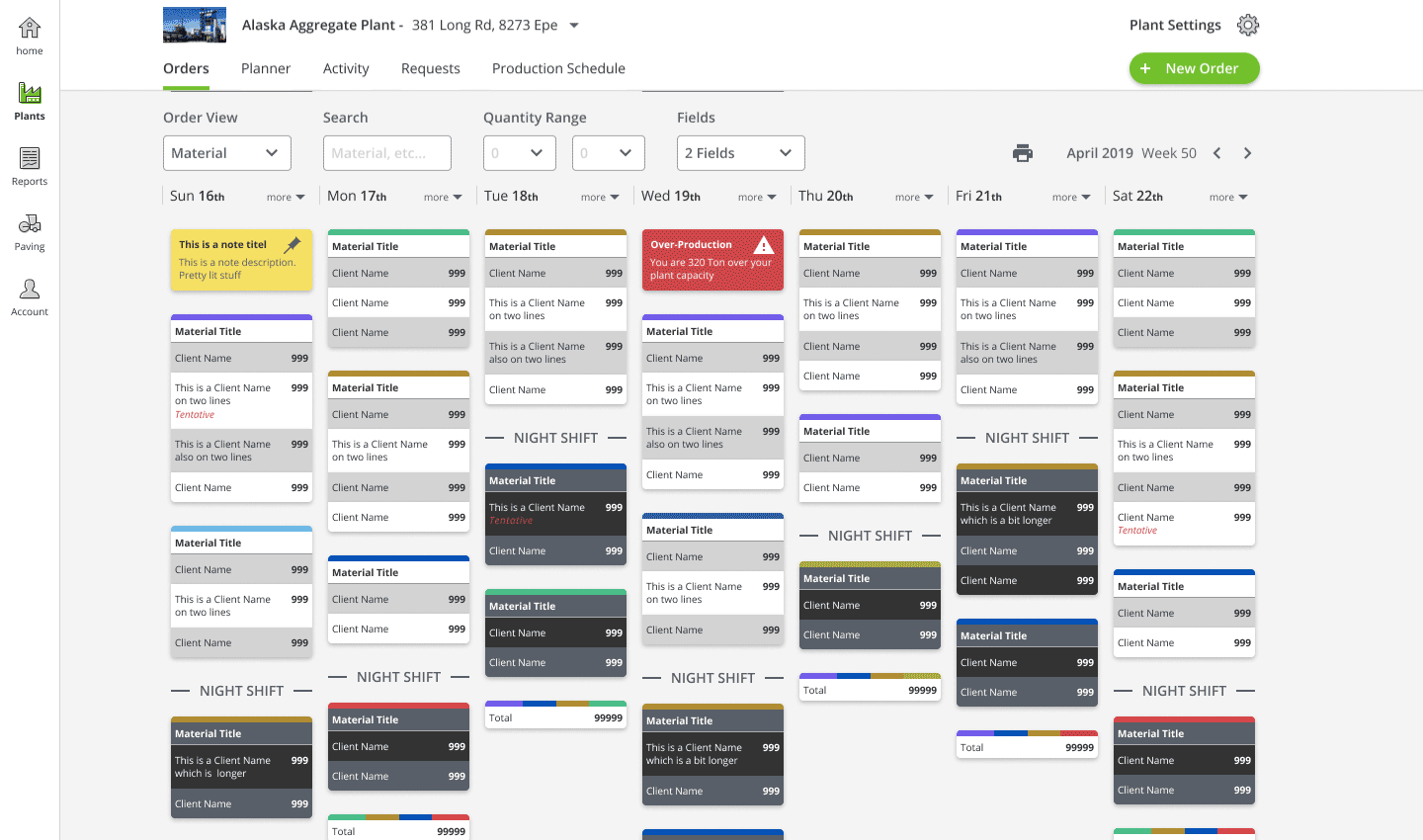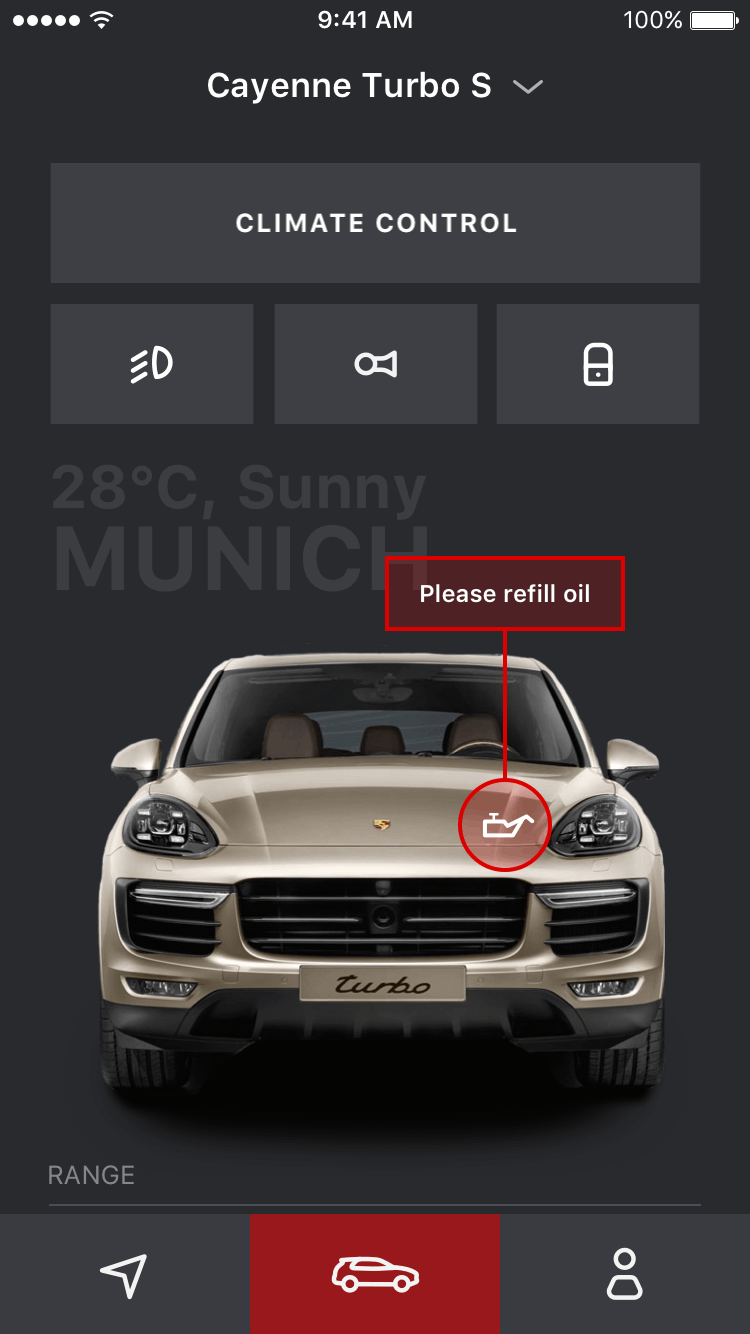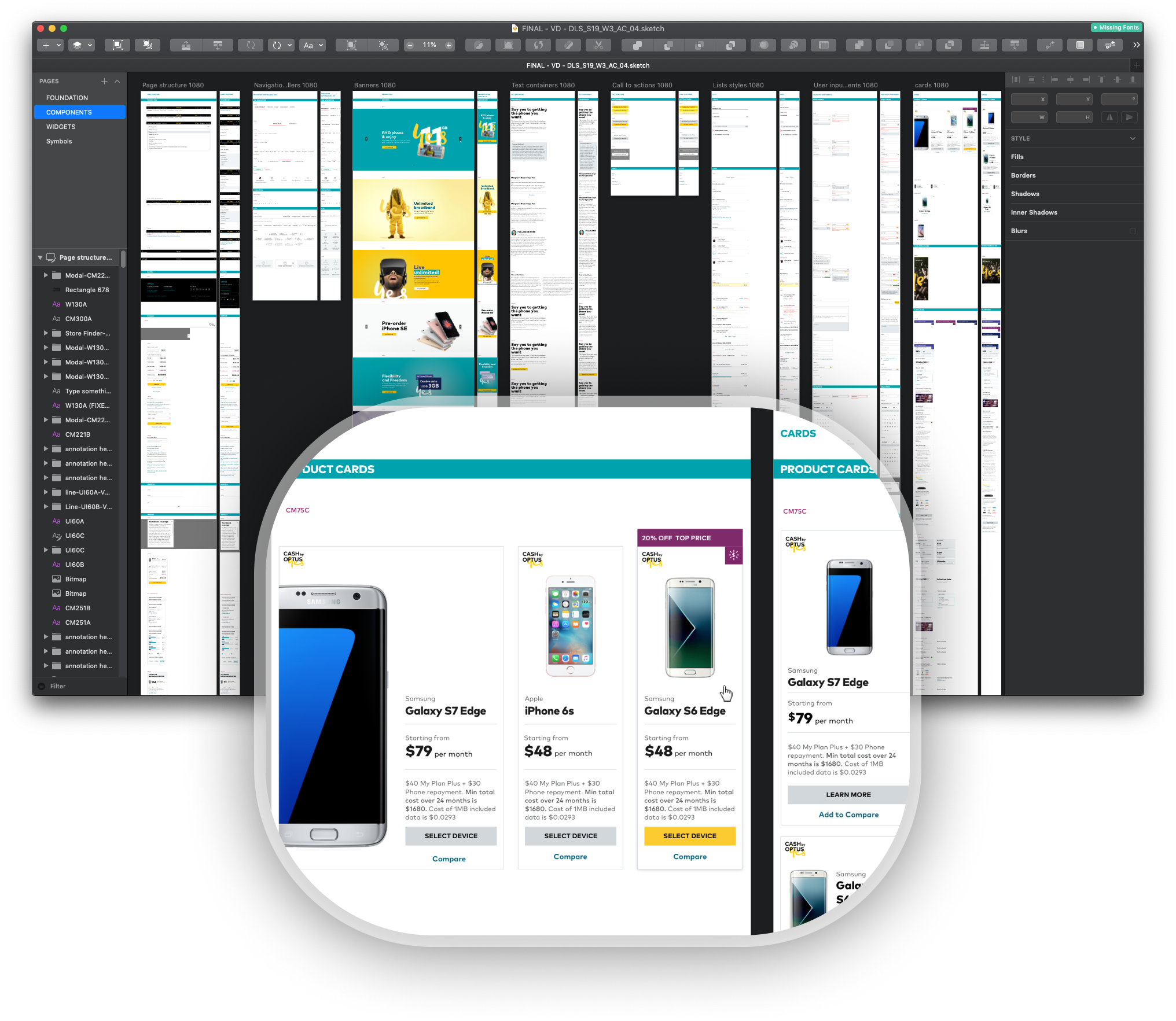I’m A Digital
Problem Solver
I approach design with feasibility in mind due to my front-end development experience. Making things real with a multidisciplinary team is important to me. My skills cover interaction design, visual design, user testing, prototyping, motion thinking, and front-end development; All through the lens of human-centered design.

My Design Principles
1. Understand & Validate
Have a thorough understanding of a problem before trying to solve it. You can only understand these issues by listening to the people that experience them and through data. User research is key.
Validate ideas with your users is just as important. (And a bit frightening) User testing is an important way to understand whether or not your solution solves their needs. Prototype, test, repeat!
Porsche Connect App
Ideation
We defined archetypes based on user interviews, did a co-creation workshop with the client to define priorities and developed 5 design principles to follow through the design process.
Prototyping
We build over 20 prototypes in Principle and Framer to stress-test flows and create animation studies.
Validating
We went back to the customers in Munich and Shanghai to validate our designs and made changes based on their behavior.
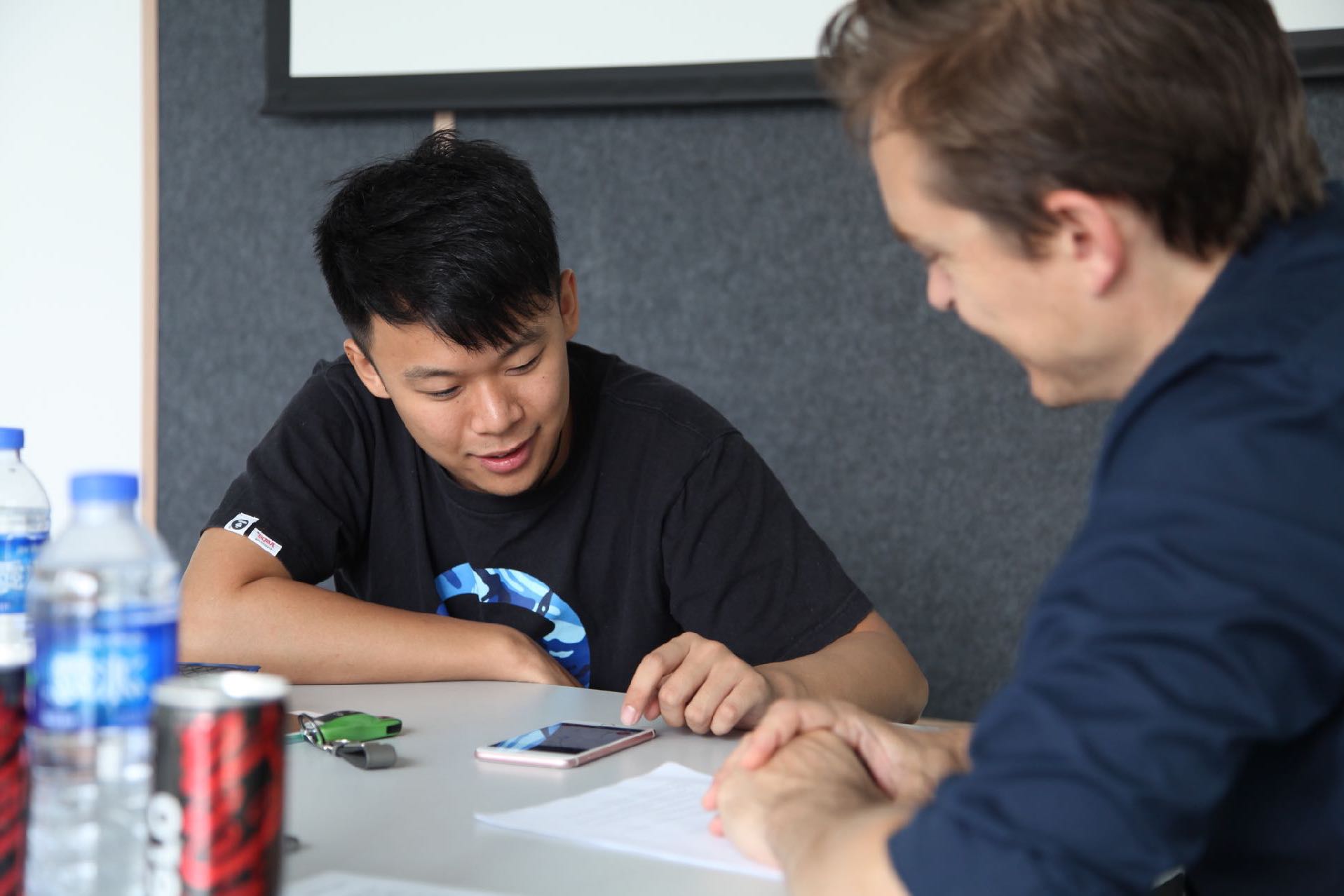
PlantDemand user testing
In my spare-time I’m working on redesigning a scheduling/supply chain management tool for asphalt plants. Since it is such an expert tool and very information dense, it is crucial to validate my design decisions with the customers. I do this through remote user testing sessions through zoom and a Figma prototype.
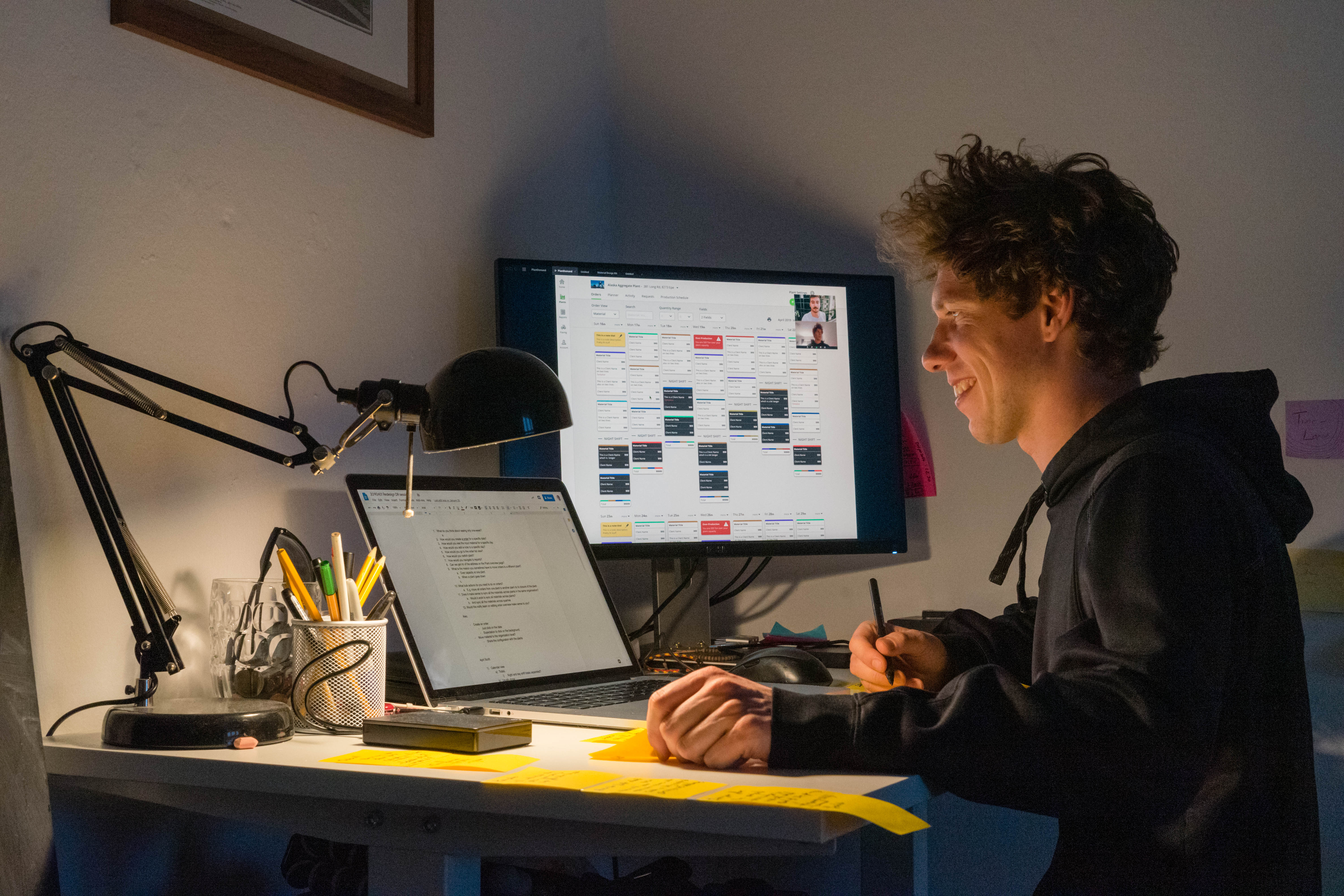
2. Every detail matters
Before starting any project it is important you’ve set a clear north star. The smallest detail can have a major ripple effect throughout a product so it’s important to set goals in an early stage and continuously check back with them. Design principles & HMW questions are very useful ways to help you stay focused on the right things.
My multidisciplinary background in design has helped me have empathy for all the different parties it takes to create a digital product. My coding skills impact my visual design decisions and my visual design knowledge helps me to be consistent in my wireframes. It all influences each other and it makes it easier and more fun for me to collaborate in multidisciplinary teams.
PlantDemand Navigation Model
One HMW question for PlantDemand was HMW update the look and feel without the existing users feeling lost?
Solving interaction issues through animation:
The secondary navigation and filters related to the calendar view for PlantDemand are positioned in the top bar. However, the calendar is an infinite scroll meaning there is no top of the page. To save space when the user scrolls down we decided to hide the filters and plant selector while keeping the date indicator. Independent of the scroll depth, a scroll towards the top of the page will bring back the filters and the plant selector. I created prototypes to understand how it feels, to test and to communicate the scroll states to the developers.
Porsche User Testing
Two of the design principles during the Porsche project were: Make it simple for me & Guide me.
During the first round of user testing on the Porsche Connect project, the following fear was expressed: “I’m afraid of accidentally locking or unlocking or honking their Porsche while the app is open.”
Result:
We prototyped a long press interaction to make it simple & guide the user. Every user was able to use this interaction and nobody expressed the same fear afterward.
3. Design Scalable Systems
From early in the design process I try to keep the bigger system in mind. I’m good at recognizing patterns and defining them. I’m experienced in working closely with developers to make sure the system makes sense. At the end of the day, a user benefits from a product with a clear system, consistent patterns, and a unified experience.
Optis DLS following accessibility guidelines
Optus asked frog to redesign their website and support them in building it in collaboration with their developers. I helped to design a DLS that followed standard Accessibility guidelines. We build a code-based version of the DLS to communicate our designs with a external development party
4. Collaboration Is Key
I really enjoy collaborating closely with UX Researchers to understand the problem better. Being able to trust team-members blindly in their expertise yet knowing that you can give and take constructive feedback is very important to me. Multidisciplinary teams are crucial for bringing the best experience to the customer.
Due to my tech-native development background, I love collaborating closely with developers. It is crucial to understand the limitations of technology. The right balance between the user needs and the abilities of technology can only be accomplished by collaboration and trust.
PlantDemand Team Dynamics
We are a multidisciplinary team with different backgrounds (Business, dev, and design) all working remotely. I try to bring in the common design practices and identify the user needs. I work closely together with our product owner because he understands the business. Those requirements are crucial for me to get an initial understanding of how to approach a problem. Then I work directly with our dev to make sure that the solutions are realistic. We have two third parties building our Android app and parts of the web tool. We have biweekly sprint demos and planning sessions to keep things rolling.
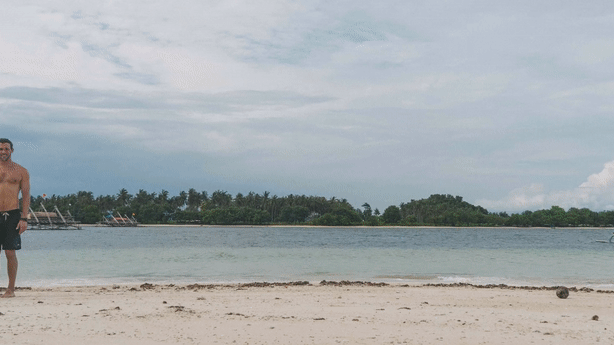
The PlantDemand team during our annual meet-up in Indonesia
5. Staying Curious
I’m always working on a side project. At the moment that is PlantDemand but in the past that has been a tool to time-lapse your journey using street view images. (2013 -2017) and designing an app to track what you lend to people (2014)
Since I moved to Munich, escaping in the mountains and doing expeditions over the weekend has hooked me. It helps me balance my day to day job. It is how I recharge and I find inspiration and new energy for the work I do on a day to day basis. I combine these expeditions with my passion for photography and videography. I’ve done video work for Dr. Oetker and some of my time-lapses have been used by the BBC.



